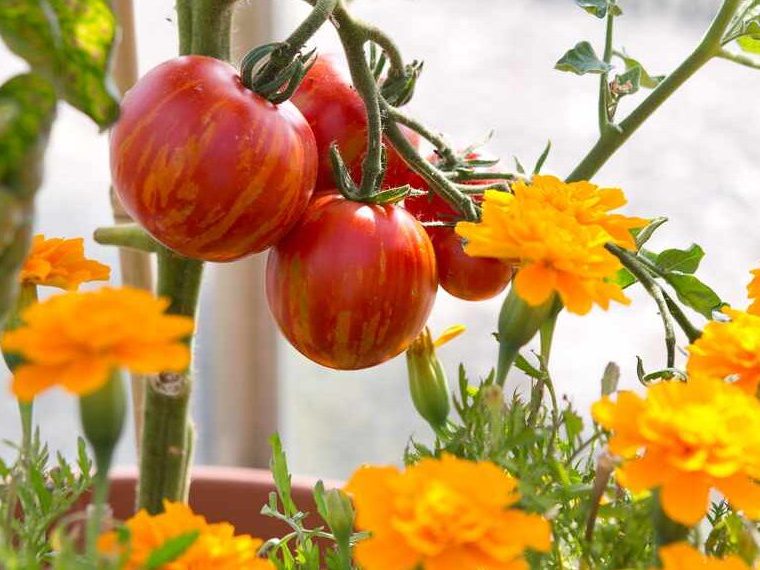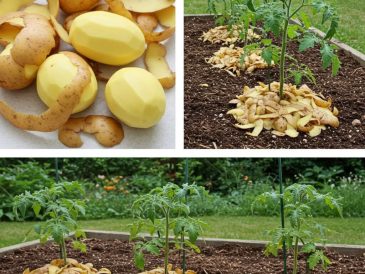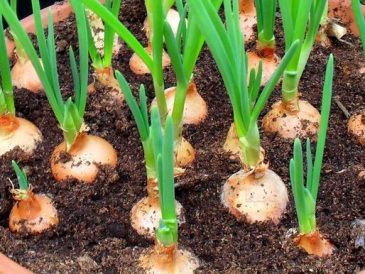Companion planting has been practiced for centuries by gardeners who understand that not all plants get along.
Just like people, some plants thrive when grown near certain companions, while others can suffer or become stunted when paired with the wrong neighbors.
One of the most common myths in the gardening world is that tomatoes and cucumbers make great companions.
While they may seem like a natural pairing—both being warm-season crops with similar growing needs—planting tomatoes and cucumbers together can actually create more problems than benefits.
In this article, we’ll uncover the secrets of companion planting, explain why tomatoes hate cucumbers, and offer a detailed guide to the best and worst plant combinations in your garden.
By understanding these relationships, you can design a thriving, productive vegetable garden without costly mistakes.
- Potatoes: Prone to the same blight and fungal diseases.
- Fennel: Inhibits tomato growth due to allelopathic properties.
- Broccoli and Cabbage (Brassicas): Compete for nutrients and space.
Plants That Shouldn’t Be Grown Near Cucumbers
Cucumbers should also be kept away from:
- Melons and Squash: These plants attract the same pests and diseases as cucumbers, increasing the risk of infestation.
- Potatoes: Compete heavily for nutrients and can spread soil-borne diseases.
- Sage: Strong-scented herbs like sage may inhibit cucumber growth.
Best Practices for Companion Planting Success
To maximize the benefits of companion planting, follow these key strategies:
1. Plan Ahead
Design your garden layout with compatibility in mind. Sketch your beds and label plant companions to avoid mistakes.
2. Use Vertical Space
Grow vining plants like cucumbers on trellises to maximize airflow and keep them off the ground, reducing disease risk.
3. Rotate Crops
Avoid planting the same family of plants (like tomatoes and peppers) in the same bed year after year. This helps prevent disease and nutrient depletion.
4. Keep it Balanced
Don’t overcrowd your garden. Even good companions need space for roots, air, and sunlight.
5. Observe Your Plants
Watch for signs of stress or poor growth. Sometimes microclimates or specific soil conditions may override general companion planting guidelines.
While tomatoes and cucumbers may grow in similar climates, they don’t make ideal garden neighbors.
Understanding the principles of companion planting can help you create a more productive, disease-resistant, and harmonious garden.
By planting compatible crops together—like tomatoes with basil and marigolds, or cucumbers with radishes and sunflowers—you enhance your garden’s natural balance and reduce the need for chemicals or intensive intervention.
So next time you plan your garden, remember: tomatoes may love attention, sun, and water—but they definitely don’t love cucumbers. Keep them apart, and you’ll be rewarded with healthier plants and higher yields.





